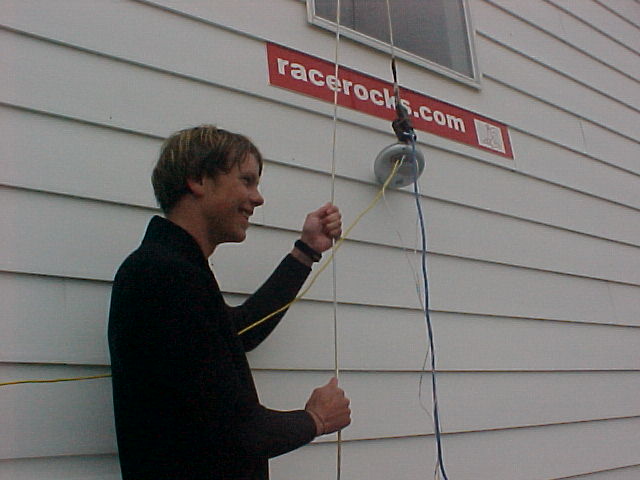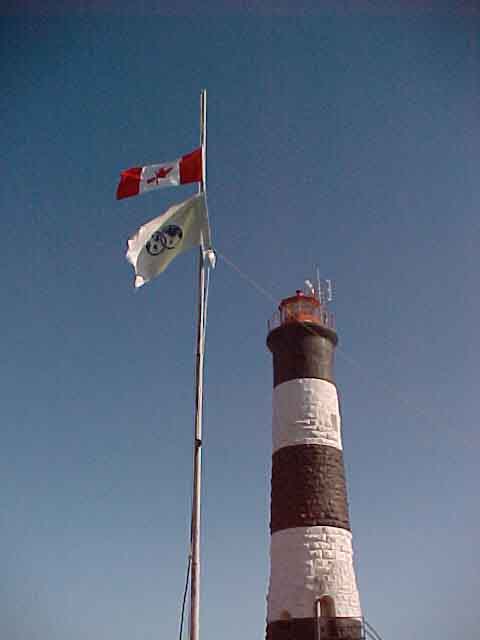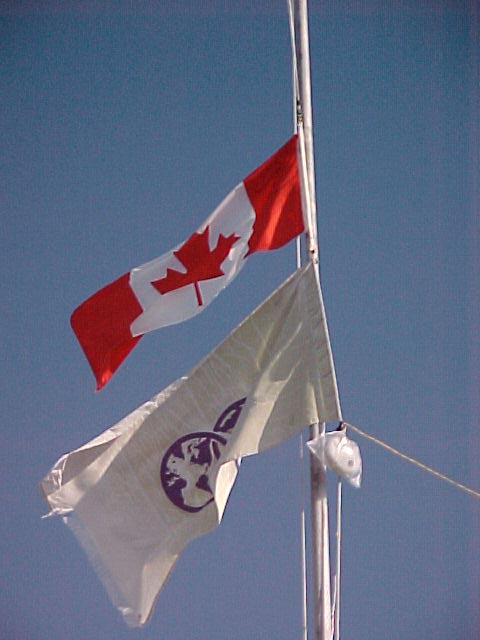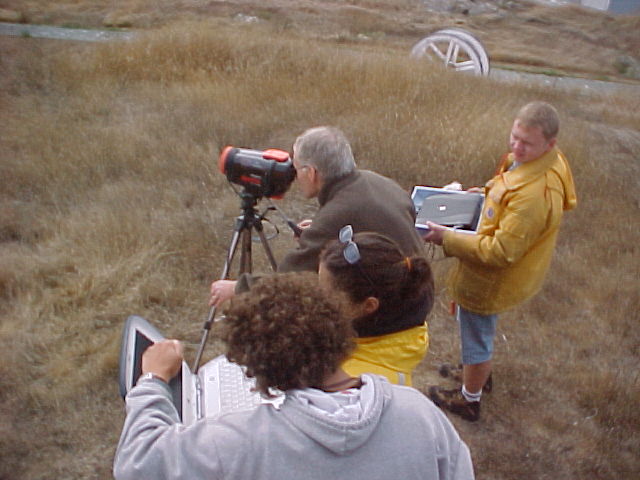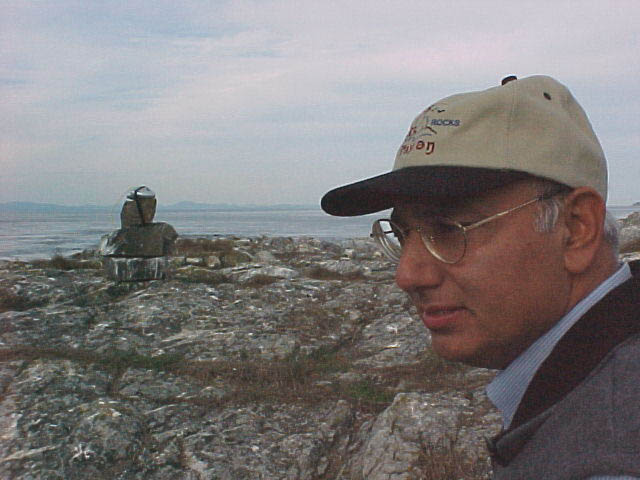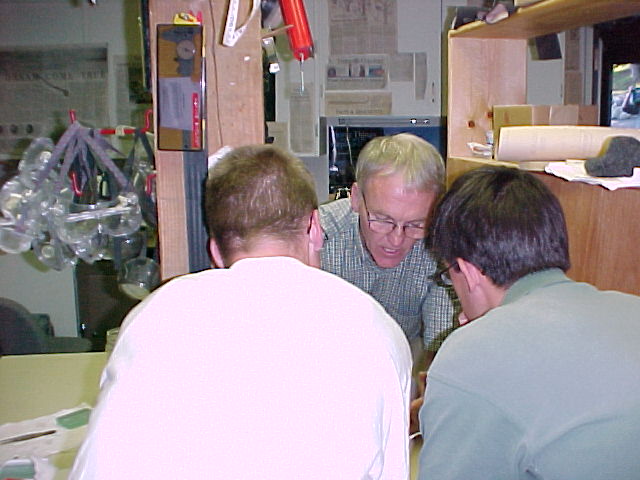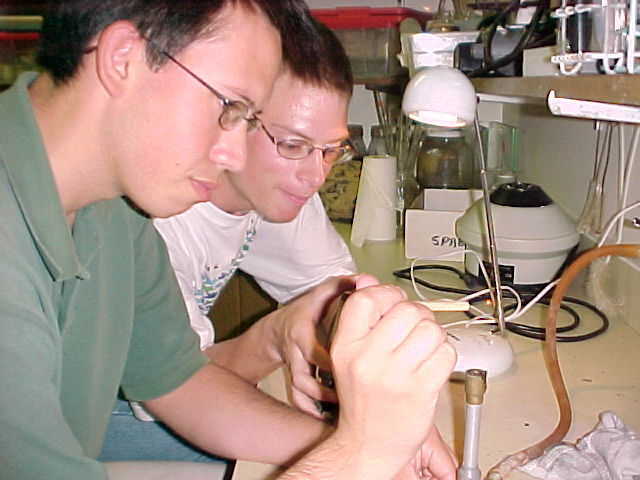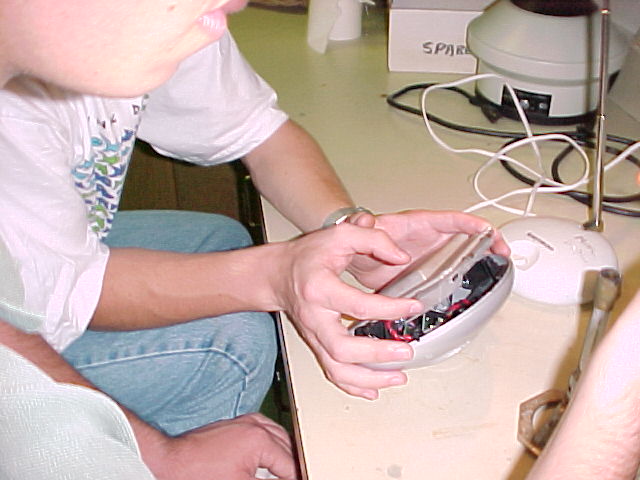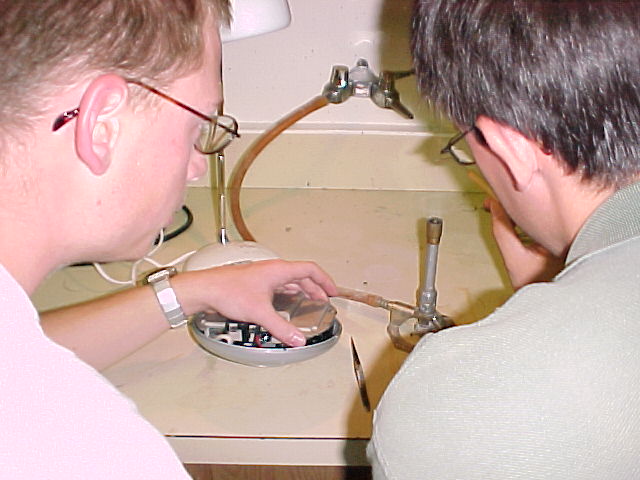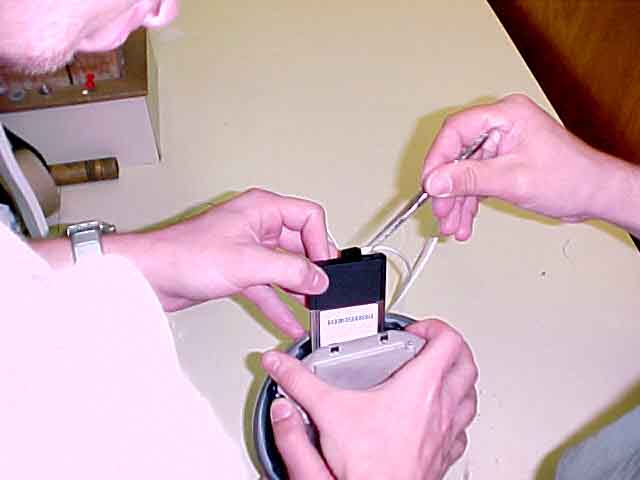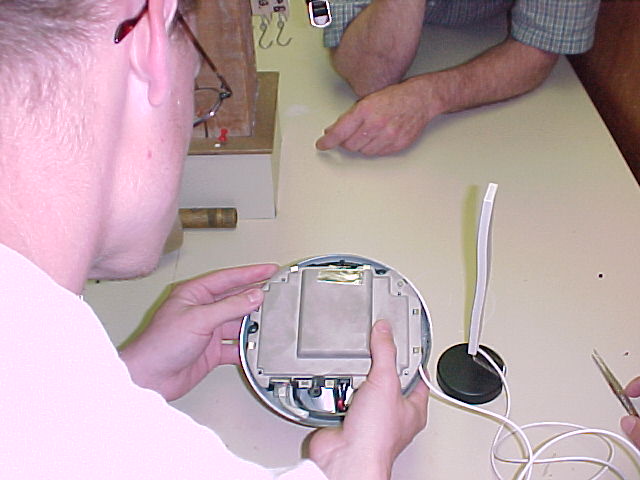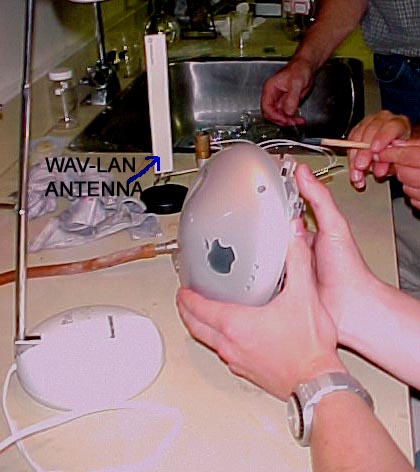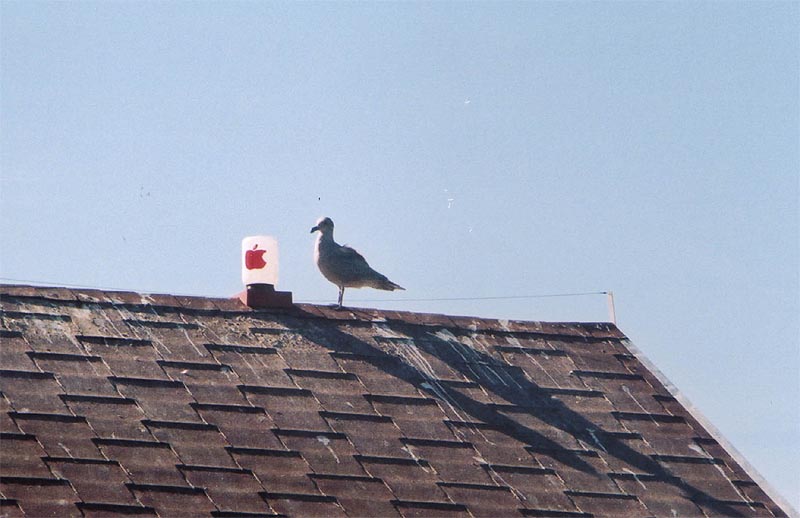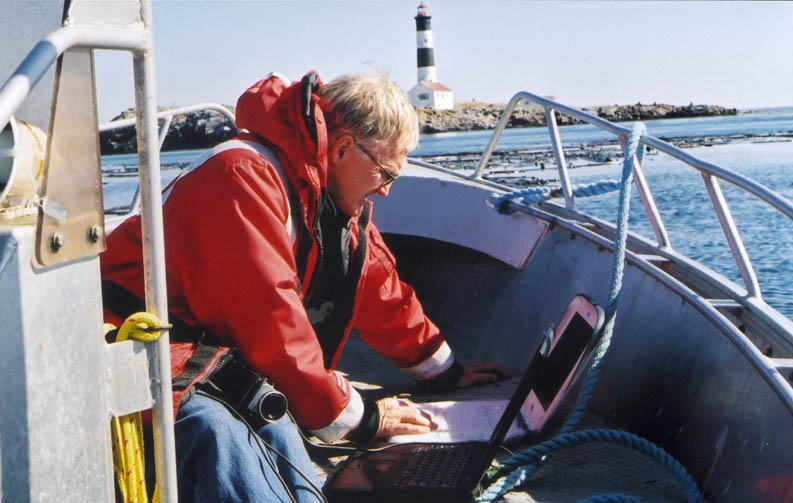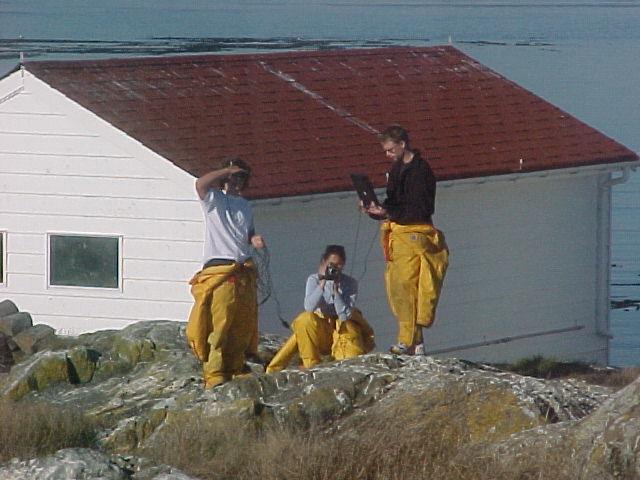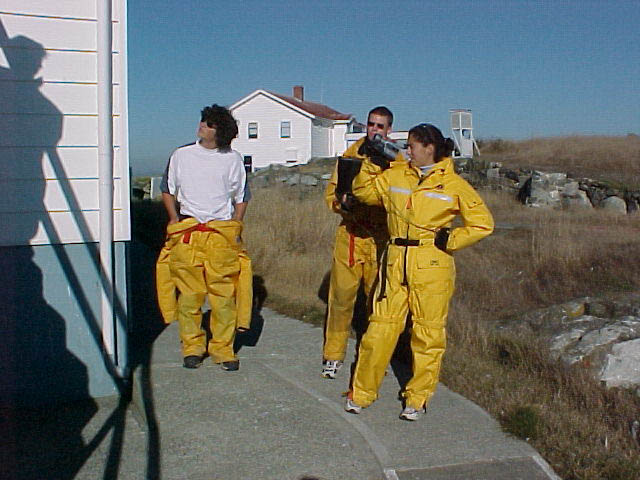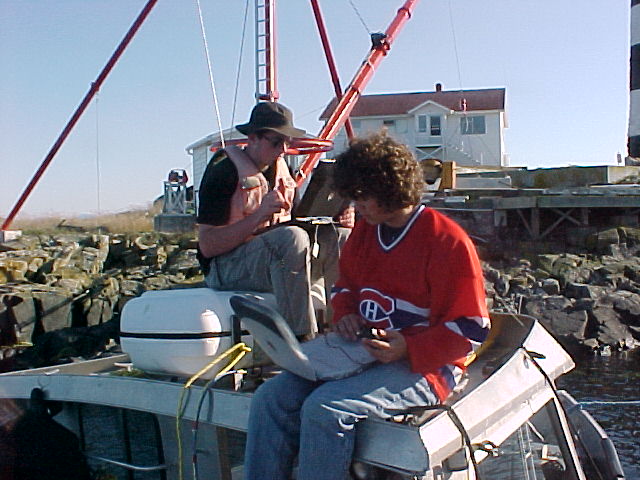The following excerpt presents the Te’Mexw Treaty Association assertion in response to the proposal for the Race Rocks MPA in 1998. See bolding below:
First Nations Cooperative Management of Protected Areas in British Columbia:
Tools and Foundation
by Julia Gardner Dovetail Consulting April 2001
From page 9:
An ecosystem approach
The designation of special management zones in LRMPs recognizes that protected areas
cannot be managed as islands: buffers and connecting corridors beyond their boundaries
are needed to ensure that ecological integrity is protected. Similarly, marine protected
areas cannot protect marine biodiversity on their own – they should be implemented as a
part of integrated coastal zone management.
The management of protected areas on an ecosystem level is a priority that has been
brought into the public eye recently through the report of the Panel on the Ecological
Integrity of Canada’s National Parks (Parks Canada Agency, 2000) and the report of
B.C.’s Park Legacy Panel (MELP, 1999). There is growing recognition that the
ecosystems of protected areas cannot be protected without attention to the portions of
their ecosystems falling outside their boundaries, as opposed to being “islands in a sea of
development.”
In the marine setting, there is a parallel rationale for an ecosystem approach, often under
the label, “integrated coastal zone management.” But in this “sea of development” where
fluid ecosystems even more thoroughly defy protection via boundaries, some argue that
protected areas are contrary to the priority of protecting the whole environment. For
example, “The Nuu-chah-nulth believe that all marine areas should be treated respectfully
for the gifts that nature provides. The concept of establishing certain areas for favourable protection while mismanagement occurs in areas outside of protected zones is foreign to
Nuu-chah-nulth principles” (Nuu-chah-nulth Tribal Council, November 13, 1998) Similarly, the Te’Mexw Treaty Association asserted in response to the proposal for the
Race Rocks MPA in 1998 that “It is the position of the Nations that a coordinated co-management program for the coast from Jordan River to Ten Mile Point would be the appropriate method by which conservation, harvest and priority for First Nations users can be integrated” (Moahan, 1998,p7). at the very least, MPAs need to be considered in their broader setting, including the watershed and the surrounding sea.
A sixth key assumption is that land and sea are an integrated whole, so MPAs
alone cannot protect the marine environment. Nevertheless, we can usefully
consider the particular circumstances of protected areas in the water, so as to
increase their extent and effectiveness through cooperative management.


